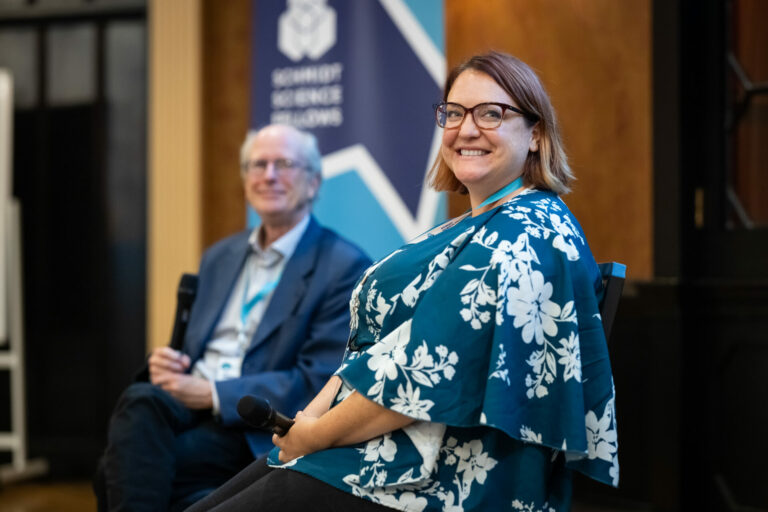Painful daily injections may soon become a thing of the past for type 2 diabetes patients, thanks to a new ‘hydrogel’ drug delivery technology that slowly and steadily releases diabetes drugs over several months.
Stanford University scientists led by 2020 Schmidt Science Fellow Dr. Andrea d’Aquino have tested their drug-loaded hydrogel in type-2 diabetic rats. Just one injection under the skin provided sustained delivery of the widely used diabetes drug semaglutide, controlling the rats’ blood sugar over 42 days in the same manner as daily injections. This would correspond to an injection once every four months in people.
Materials engineer Dr. d’Aquino led the research, published in Cell Reports Medicine, as part of an interdisciplinary team that also involved 2022 Schmidt Fellow and bioengineer Dr Caitlin Maikawa. The engineers designed and tested the hydrogel, working closely with biologists and biochemists with expertise in pharmaceuticals and living systems. The gel they have designed can pass through different gauges of needle, has ‘self-healing’ properties to avoid excess drug bursting out, and is robust enough to withstand the stresses of sitting under the skin. What is more, it can be formulated and stored in pre-filled syringes and stored in normal conditions.
“I like to think about our gels as being very similar to jello,” explains Dr. d’Aquino. “So they’re a fairly robust, solid, but squishy material that can be injected under the skin. And over the course of time, that gel slowly erodes and as it erodes, it releases that drug. So it’s both the material properties, as well as the drugs that we’re putting into it, that really determines how slowly that drug can be released over time.”

The next steps will be to test the drug-loaded gel in larger animals, such as pigs, with a view to beginning clinical trials in the near future. If these results translate into humans it could change the lives of the 500 million people living with type 2 diabetes worldwide.
“Overall, this would really improve patient care and patient outcomes because currently, a lot of patients have to take daily or weekly injections, and they often forget. But if they can just take this one injection that can last several months, they don’t have to think about it,” says Dr d’Aquino.
Dr. d’Aquino pivoted from chemistry to materials science and engineering and says her Schmidt fellowship has been “incredibly supportive,” enabling her to explore something completely new.“To have a community of people who support me in being able to do a very different kind of science from what I had my training in is empowering… I feel very, very privileged to have been able to do this. I had no experience with diabetes or with animals prior to this.”
Having come from an immigrant, low-income family (Dr. d’Aquino’s family moved from Hong Kong to the US), diabetes is also a subject close to Dr. d’Aquino’s heart: “Diabetes disproportionately affects low-income communities. So it was certainly a project that resonated with me and my background, and I was very excited to work on it. I do hope that my work can make significant change in the lives of communities like my family’s,” she adds.
The research was supported by Schmidt Science Fellows.



